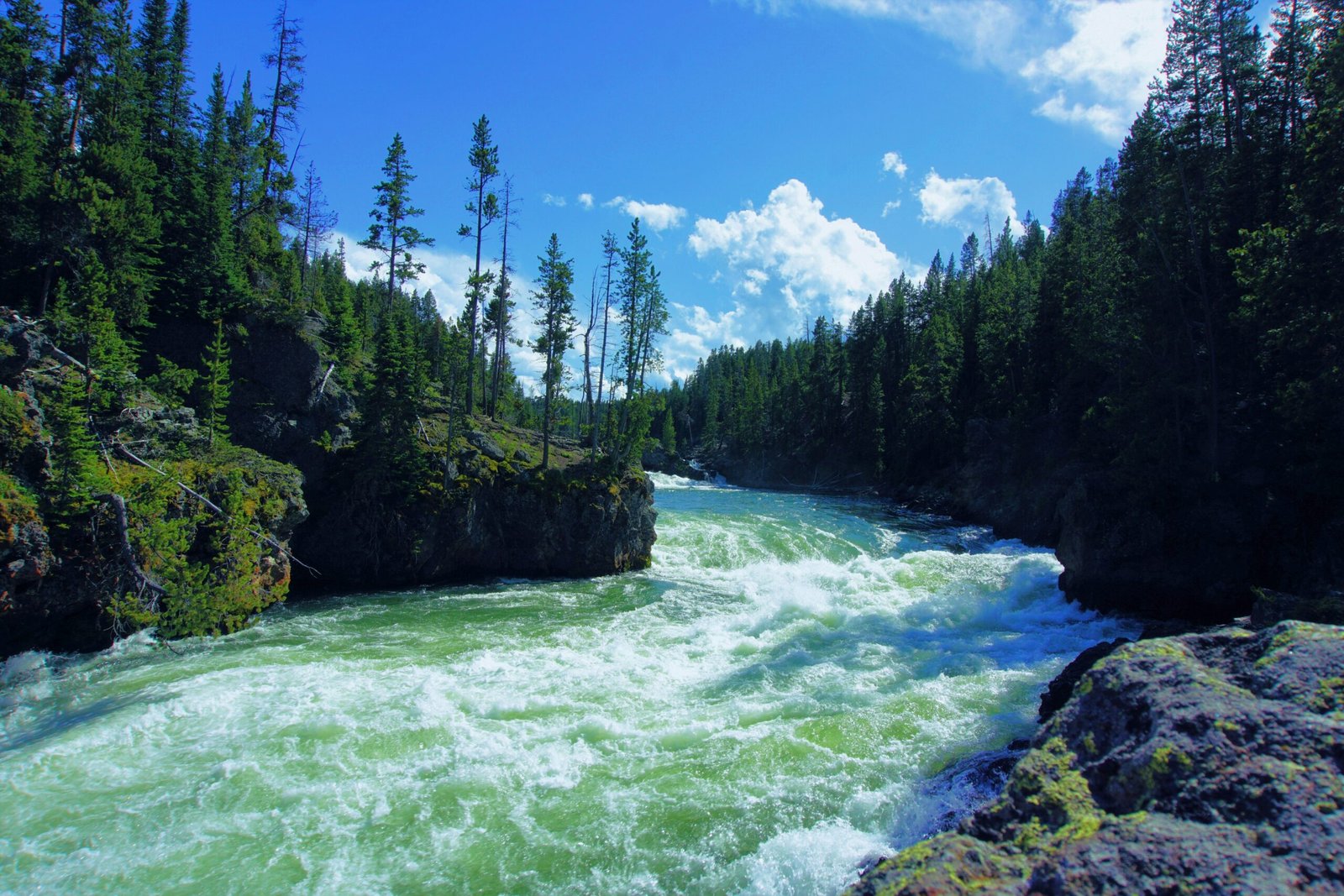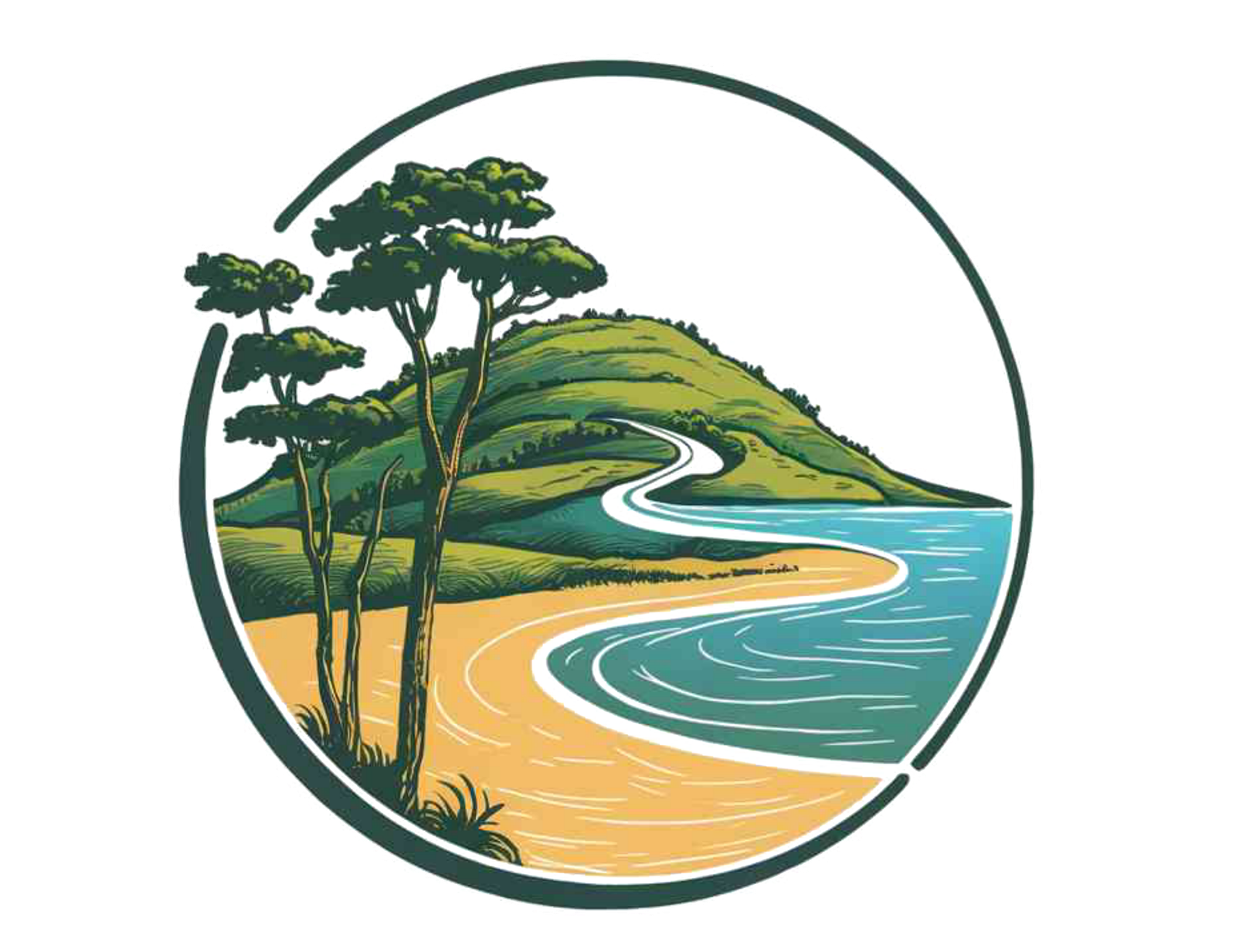Yellowstone National Park-everything you need to know

If you are a person who loves traveling and is excited to explore various ecosystems in one place during dry, sunny summer days, then Yellowstone National Park can be your best choice. Though every season has its own charm to attract visitors, summer is the most suitable for exploring the features of the National Park. You will be more entertained through recreational activities, adventures in the mountains, and the scenic beauty of nature. If you are planning to visit Yellowstone National Park, I can suggest that April to September is the appropriate time to be there. So, don’t waste your time, pack your bags, and embark on a tremendous visit with your family and friends.
Favorable Months and Seasons to Visit Yellowstone National Park
Summer
Summer is the most visited season of Yellowstone National Park. In summer, more than three million people visit the park. The months of June to September are the time when normal highway vehicles have access to 251 miles of roadway within the park.
- June: Traveling to Yellowstone National Park in June, you can avoid the crowds of summer and the gloomy weather of winter. The temperature remains around 17 degrees Celsius on average, and the remaining snow on the Alpine mountains has started melting. This makes the higher elevations more visible. You can enjoy the beauty of wildflowers and observe diverse species. An exciting aspect of June is the birthing time of different animals. Elk, deer, and moose bring their offspring into the environment during this time. The view of playing and grazing baby animals is tremendous.
- July: July brings one of the hotter environments in Yellowstone National Park, with a high temperature mark of 32 degrees Celsius. July is the busiest month in Yellowstone National Park due to summer vacation. A guided trip will help you navigate through the area as popular places will be crowded. Again, it is the perfect time for hiking, as a little bit of snow can still be found on the trails. Your experience will be enriched by the hot springs and geysers, as summer makes them more accessible to visitors.
Winter
You will experience the magic of snow in winter. Even the hot water from different sources turns into snow. The steam from thermal vents and the spring water become frost and can be seen on nearby trees and elk post holes. Scattering droplets of boiling water from geysers freeze in the air. Please carry some precautionary equipment such as safety gear, a sleeping bag, a first-aid kit, snow tires, and booster cables.
Spring
Spring is the least recommended season to visit Yellowstone National Park. This is called the mud season. Snow from winter still appears, and the trails will be slightly covered. Many roads and park facilities like restaurants, visitor centers, and hotels remain closed during the season. Though it’s not favorable to me, one can go as the park will be less crowded, and there is a chance to watch baby animals there.
How to Get There
Airports: The nearest airport to Yellowstone National Park is the Yellowstone Airport situated in Montana, one mile north from West Yellowstone. Regular domestic flights are available during summer and have connections with Salt Lake City. Then you will be transferred to a private car to reach the destination park. Available commercial airlines are Cody & Jackson, WY; Bozeman & Billings, MT; and Idaho Falls.
Bus Stations: Highway 191 is available year-round for bus services from Bozeman, MT, to West Yellowstone, MT. There is also commercial transportation from Bozeman, MT, to Gardiner, MT, in summer and winter.
Train Stations: Train service is not available for Yellowstone National Park. Northern Montana, southeast Idaho, Salt Lake City, Utah, are the nearest train stations.
Lodging and Entrance Pass
There are 9 lodges and 12 campgrounds in service throughout the park, and lodging is also available outside the park.
Visitors must have one of these entrance passes: Standard Pass: $20-$35, Annual Pass: $70, America the Beautiful Pass: Free-$80 (includes senior passes).
Things to Know about Yellowstone National Park
Yellowstone National Park is the first national park, established in 1872. UNESCO declared it a National Heritage Site, and it is located in the northwestern corner of Wyoming, extending into Montana and Idaho. Being one of the most popular national parks, Yellowstone attracts millions of visitors annually. It occupies an immense area of 3,500 square miles. The name Yellowstone is attributed to its containing the headwaters of the Yellowstone River. The park is famous for its amicable geothermal features, hot springs, geysers shooting water, alpine rivers, and extensive hiking trails. It covers approximately 50% of the world’s hydrothermal features and two-thirds of the world’s geysers. It has five different entrances, which are divided as west, north, northwest, east, and south. Among them, the west entrance is the most popular as it is connected to the town of Montana.
Viewpoints
Grand Prismatic Spring
A steaming azure pool, which is a bucket list stop for many photographers. This turns Yellowstone’s largest hot spring into a worldly scenic beauty. It is closer to the Fairy Falls Trailhead and is visible from higher elevations. Parking is limited there, and off-trail travel is also discouraged.
Grand Canyon of Yellowstone
It is located in the eastern section of the park. It is twenty miles long and 4000 feet wide. For thousands of years, the rocks have turned yellow, red, white, and pink by percolating fluids. The lower and upper falls create a scenic beauty that attracts visitors.
Old Faithful
Timing is crucial when it comes to seeing the geysers. You need to be aware of the time of Old Faithfull’s next eruption by calling 307-344-2751 or by checking the Geysers Activity Pages. The perfect viewing time is when it reaches its highest peak.
Lower Falls of Yellowstone River
Depending on the time and weather of your visit, this waterfall exposes various viewpoints such as Brink of Lower Falls, Lookout Point, and Artist Point. Summer also reveals a rainbow formation below the falls.
Geysers (Upper Geyser Basin)
Please contact the visitors education center to collect information on geysers as you can enjoy the view at regular intervals. You may be amazed by dozens of geysers in the upper geyser basin within the boardwalks.
Lakes and Rivers
Spring is the appealing time as the melting snow swells the lakes and rivers. Visitors with a photographic passion can capture the opportunity. Thousands of miles of streams, more than a hundred named lakes, and approximately 300 waterfalls are estimated within the park.
Things to Do in the Park
- Hiking: The park has more than 900 miles of hiking trails.
- Biking: Mountain bikes, road bikes, and e-bikes are available there.
- Watching wildlife: Mammals, birds, native fishes can all be witnessed in the area.
- Taking photographs
- Attending Indigenous Cultural Events
- Arranging a picnic
- Horse riding: Both guided and private trips are available.
- Catching fish: Fishing regulations are set to conserve the native fish in the park. Boating: Most of the lakes are open for boating with a valid boat inspection and permit.
- Swimming: Sometimes the hot springs reach boiling point, and the temperature fall makes the hypothermia risk higher, limiting swimming opportunities. Exploring winter: Skiing, snowshoeing, and snowmobile rides are the popular recreational activities of winter.
Pros
- Availability of campgrounds & hiking
- Fall colors
- Spectacular natural views
- Enormous service centers
- Recreational opportunities in lodges
Cons
- Closures of services & roads
- Unpredictable temperature
Achievements and Suggestions
Yellowstone National Park is unique with its geothermal features, which I love the most. Camping in summer days under the open sky with glittering stars makes the view breathtaking. People who love adventures on hiking trails will be satisfied with the extension of hiking trails. Moreover, there are lots of recreational activities that entertain visitors the most. Yellowstone will not give you any chance to be bored. You can easily plan a family tour or a tour with friends in the park, but you need to choose the weather wisely as different weather has different advantages. Overall, I feel summer is the most convenient option. There is also the possibility of closures, so before planning, just be aware of that. After entering the park, the staff will give you a park map and newsletter, by which you can be informed about road states and popular sites. You can also visit the different service centers when needed.
